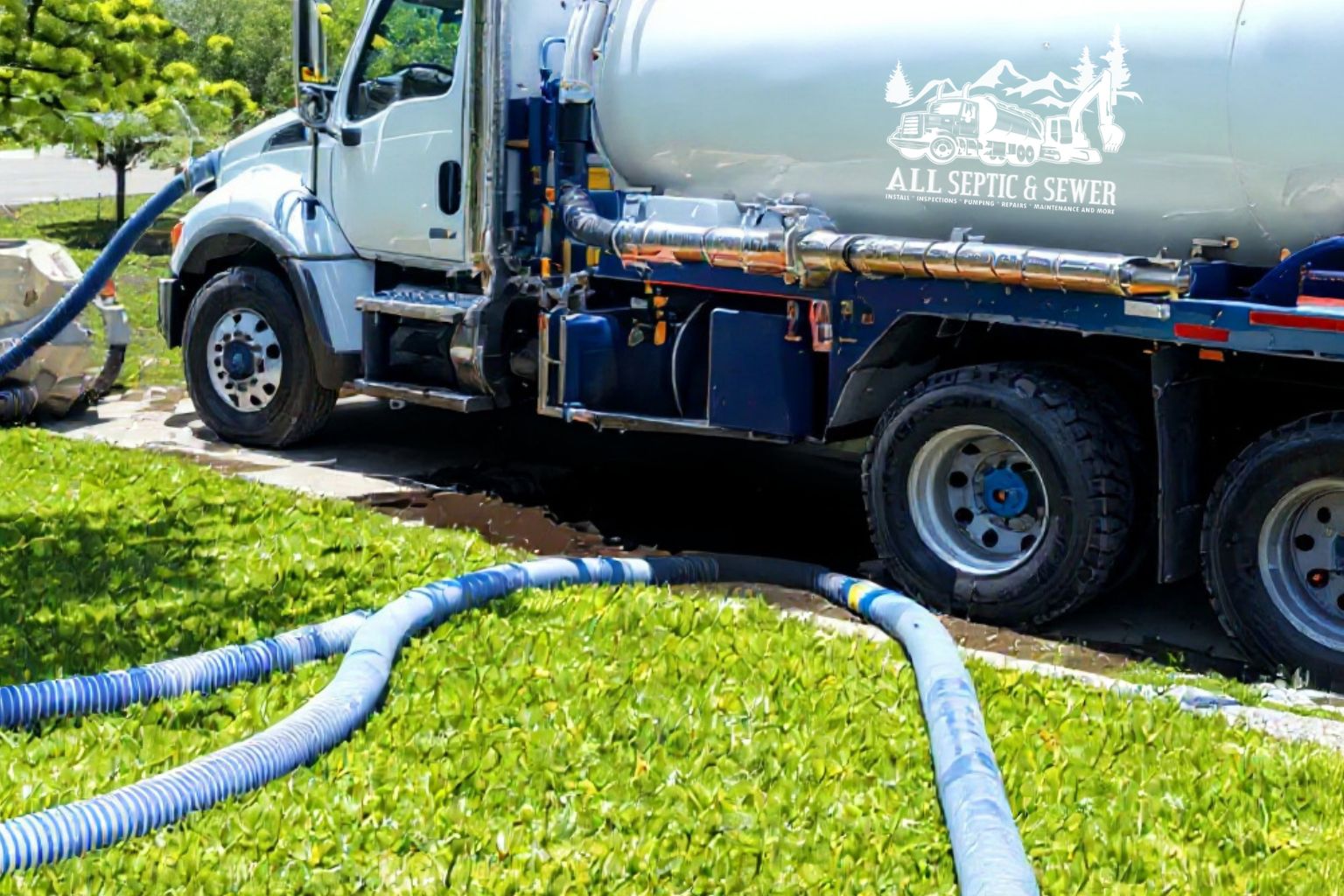Septic tank pumping is one of the most important maintenance tasks for properties that rely on a septic system. This process not only removes built-up sludge and scum but also protects your system from backups, overflows, and costly damage. Understanding what happens during septic tank pumping can help you stay proactive and ensure your system continues running efficiently.
All Septic & Sewer outlines what homeowners can expect during septic tank pumping and why this routine service matters for both residential and commercial properties.
Why Septic Tank Pumping Is Essential
Over time, solid waste accumulates in your septic tank. While the tank naturally separates solids, oils, and liquids, it cannot completely break down all materials. If not pumped regularly, the tank can overflow, causing wastewater to back up into your home or leach into your yard. Septic tank pumping helps prevent these problems and extends the life of your entire system.
In Washington, regular septic maintenance is also required by local health regulations. Pumping frequency depends on household size, tank size, and overall usage, but many properties benefit from pumping every 3 to 5 years.
The Septic Tank Pumping Process
When a professional arrives for septic tank pumping, the first step is locating the tank lid, which may be buried beneath soil or grass. Once uncovered, the technician removes the lid to assess the tank’s contents and overall condition.
A vacuum truck is used to pump out the waste, including solid sludge at the bottom and scum floating on top. This powerful equipment efficiently removes waste and deposits it into a secure holding tank on the truck. During the pumping process, the technician may use tools to stir and break up compacted waste to ensure thorough removal.
While the tank is being emptied, the technician also checks for damage, such as cracks, leaks, or signs of drain field failure. Baffles, filters, and access ports are inspected to ensure everything is in working order.
What to Expect After Pumping
Once pumping is complete, the technician will recap the tank and restore any disturbed soil or lawn. They may provide a brief report or suggest further maintenance if the inspection revealed any concerns.
You may notice the area around your tank is damp or slightly sunken for a short period after service. This is normal and typically resolves quickly. It’s a good idea to keep records of your pumping dates and any technician recommendations for future reference.
Keep Your System Running Smoothly
Regular septic tank pumping prevents unpleasant surprises and protects both your plumbing and the environment. Neglecting this important task can lead to expensive repairs, health hazards, and potential legal issues if wastewater contaminates nearby land or water.
All Septic & Sewer provides professional septic tank pumping for homes and businesses throughout Pierce, King, and Thurston Counties. Their experienced team ensures each job is done thoroughly and in compliance with local regulations. Schedule your next service today and keep your system performing at its best.



